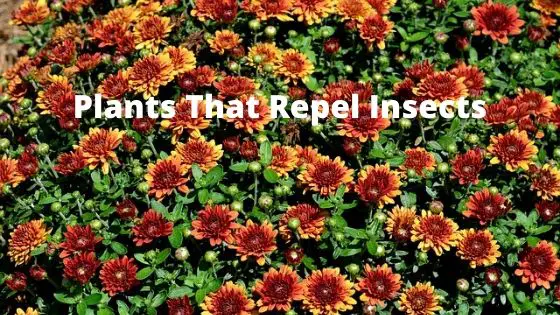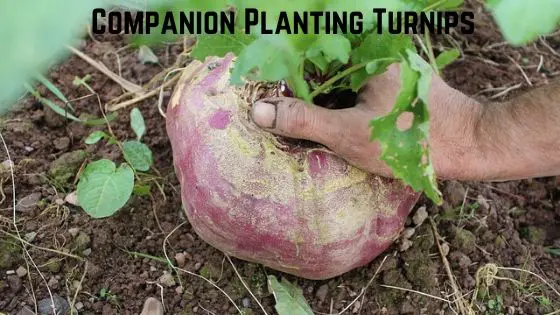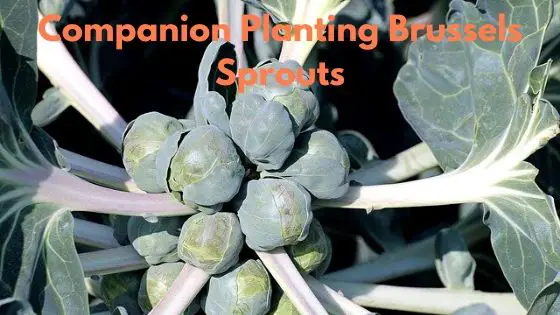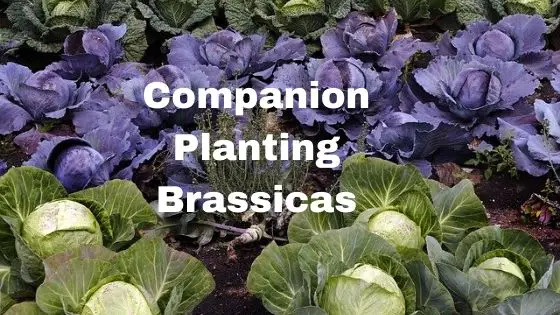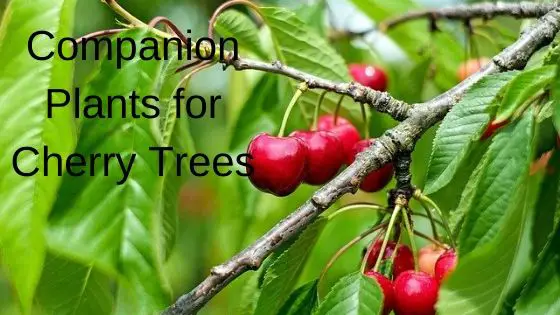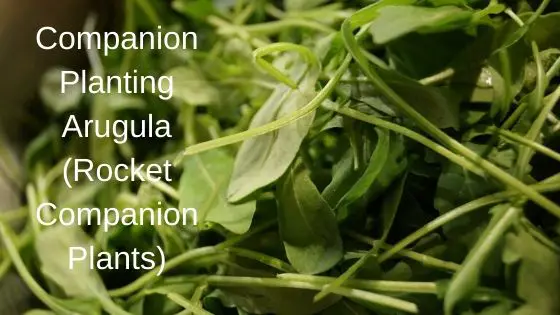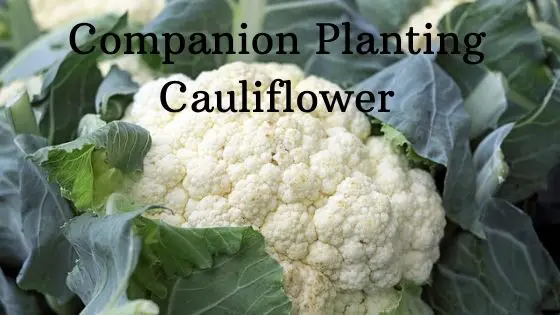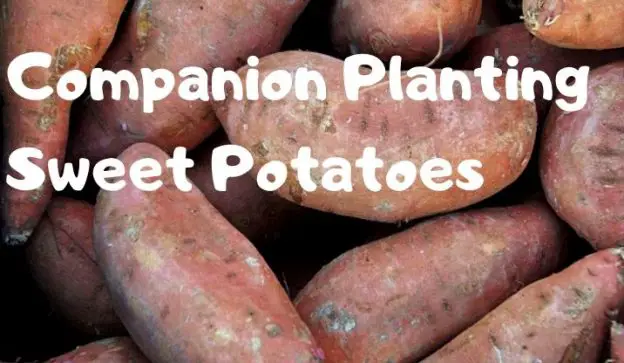Herbs In Vegtrug
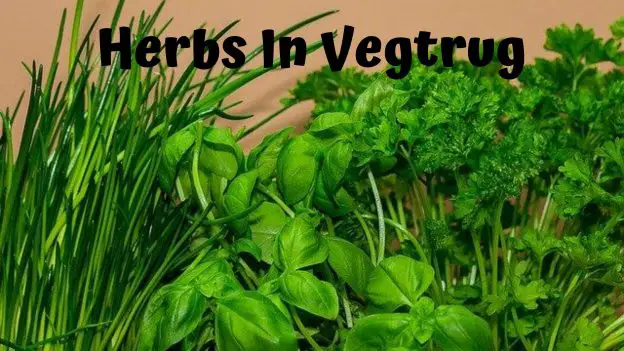
I have the medium vegtrug, which is the largest one they make but looking through their brochure, they actually make a vegtrug herb garden. In fact they make 2 (more later), this got me thinking. It’s time to explore growing herbs in vegtrug. What Is Vegtrug? This company that appears to have bases in the UK and the US, manufacture wooden planters to a high standard. They are easy to assemble and constructed of treated wood that is safe to grow food in. There are a number of different planters available but we’re going to concentrate on their herb garden…. → Read More


